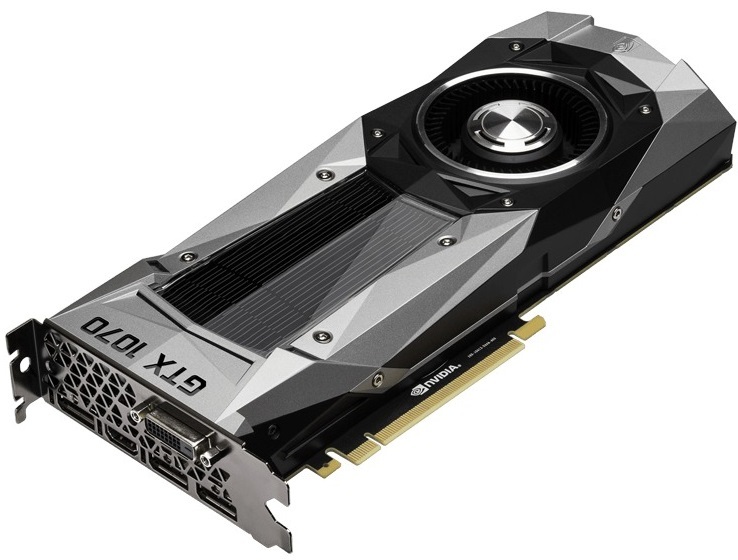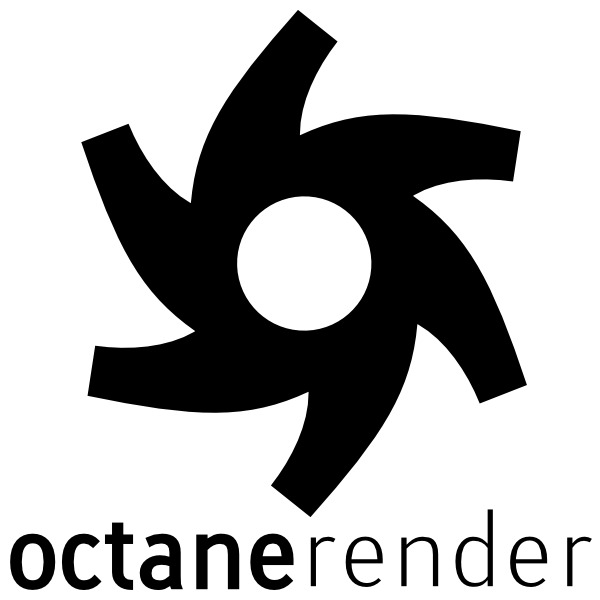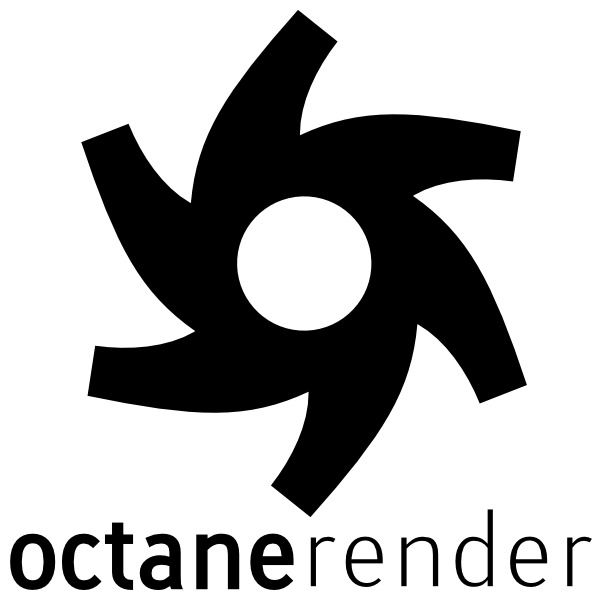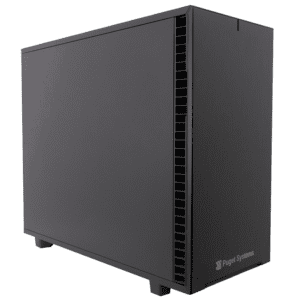PhotoScan makes use of the video cards in a computer to assist with the computation of certain steps. As such, the model of video card used can have an impact on the amount of time those steps take. In this article, we take a look at AMD’s Radeon line – including the Vega 64 and 56 – and see how they stack up to NVIDIA’s GeForce 1000-series.










